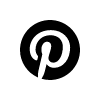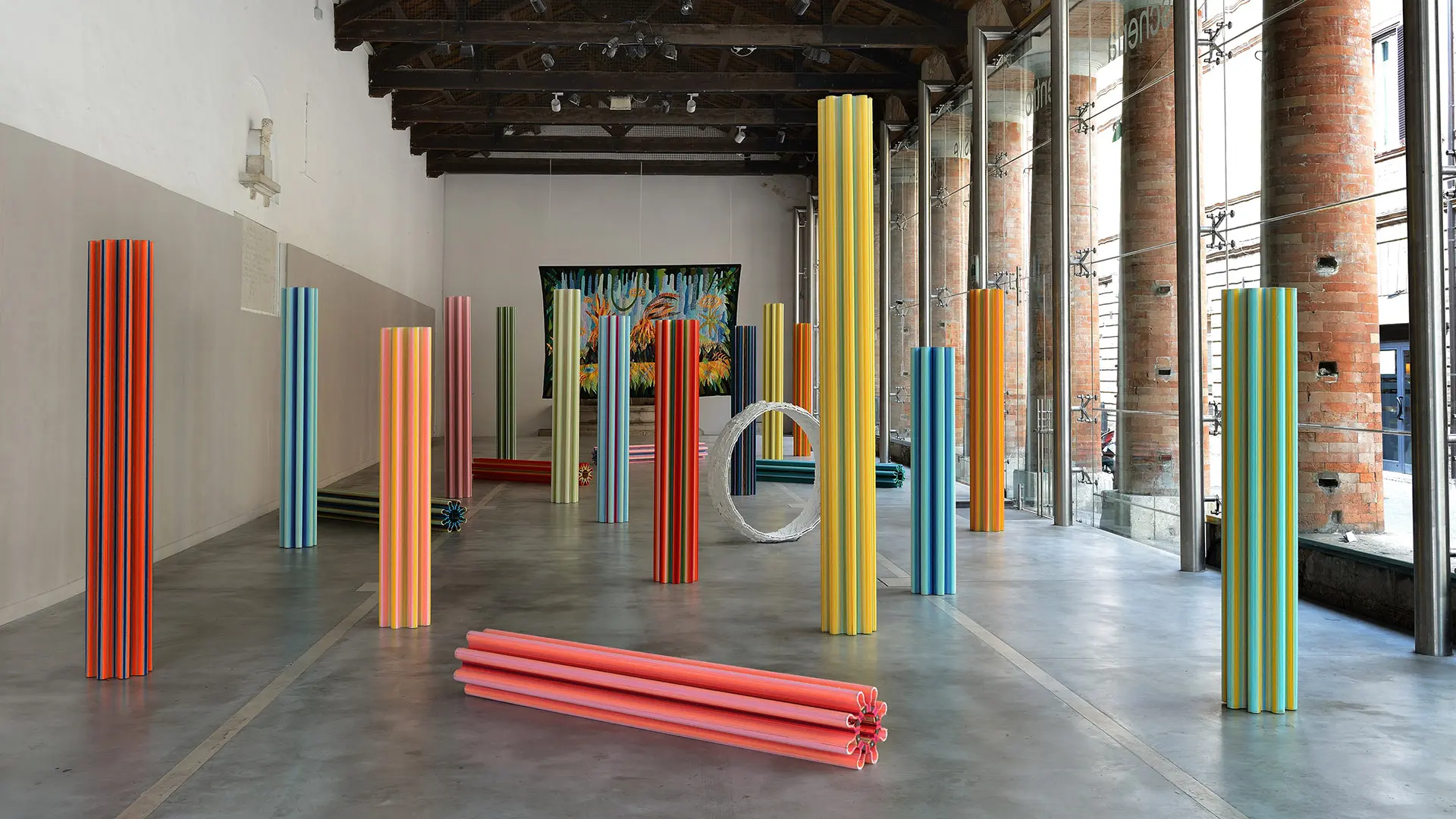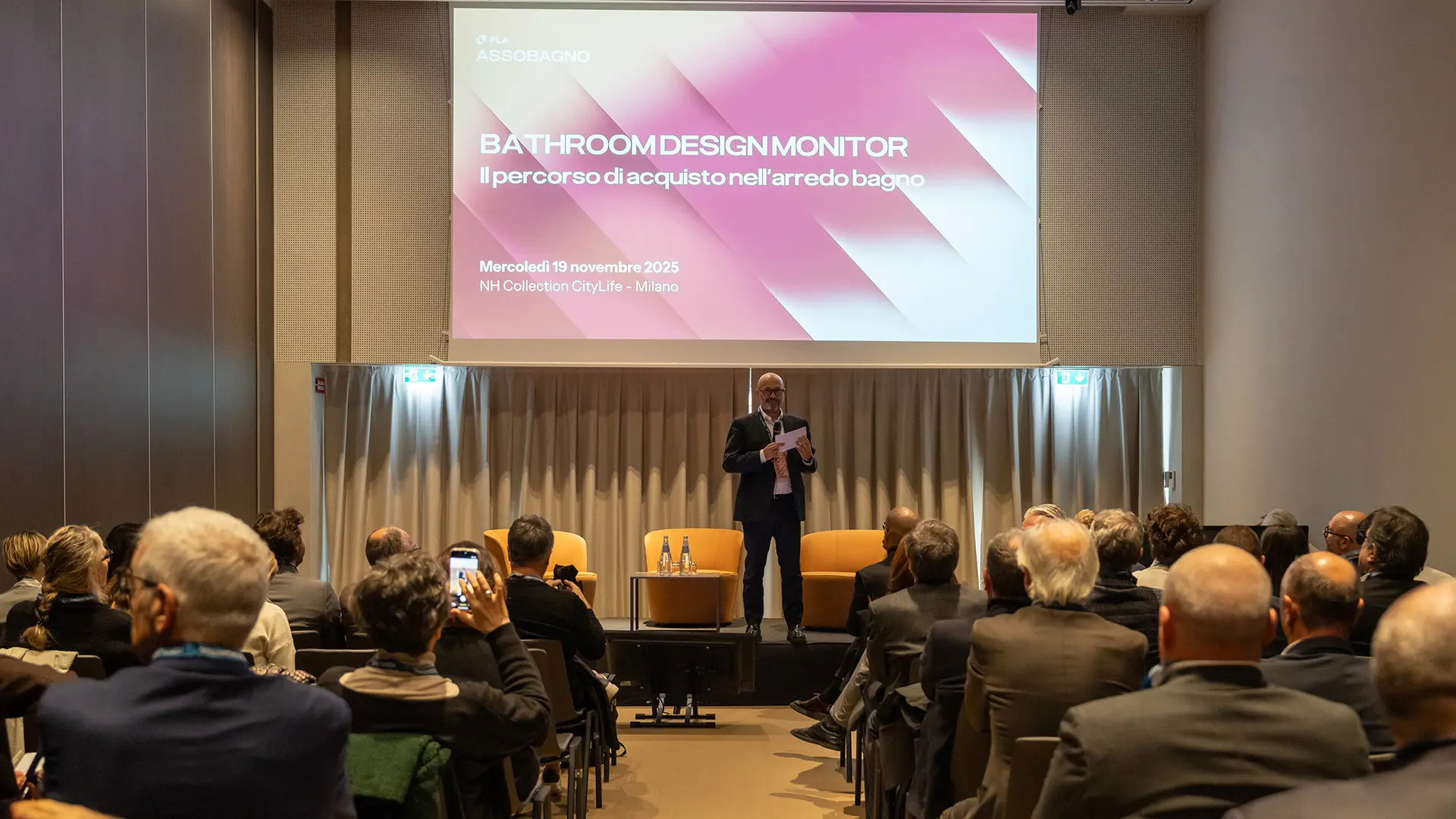They are all Italian and all in some way draw on the theme of memory. This is true even when they deal with current sporting events associated with the imminent inauguration of the Winter Olympics. There are ten of them and for the most part they are held in the most reserved cultural circuits, outside the mainstream. It’s even better when they’re out of town, bringing historic residences to life with gleams and flashes of good design
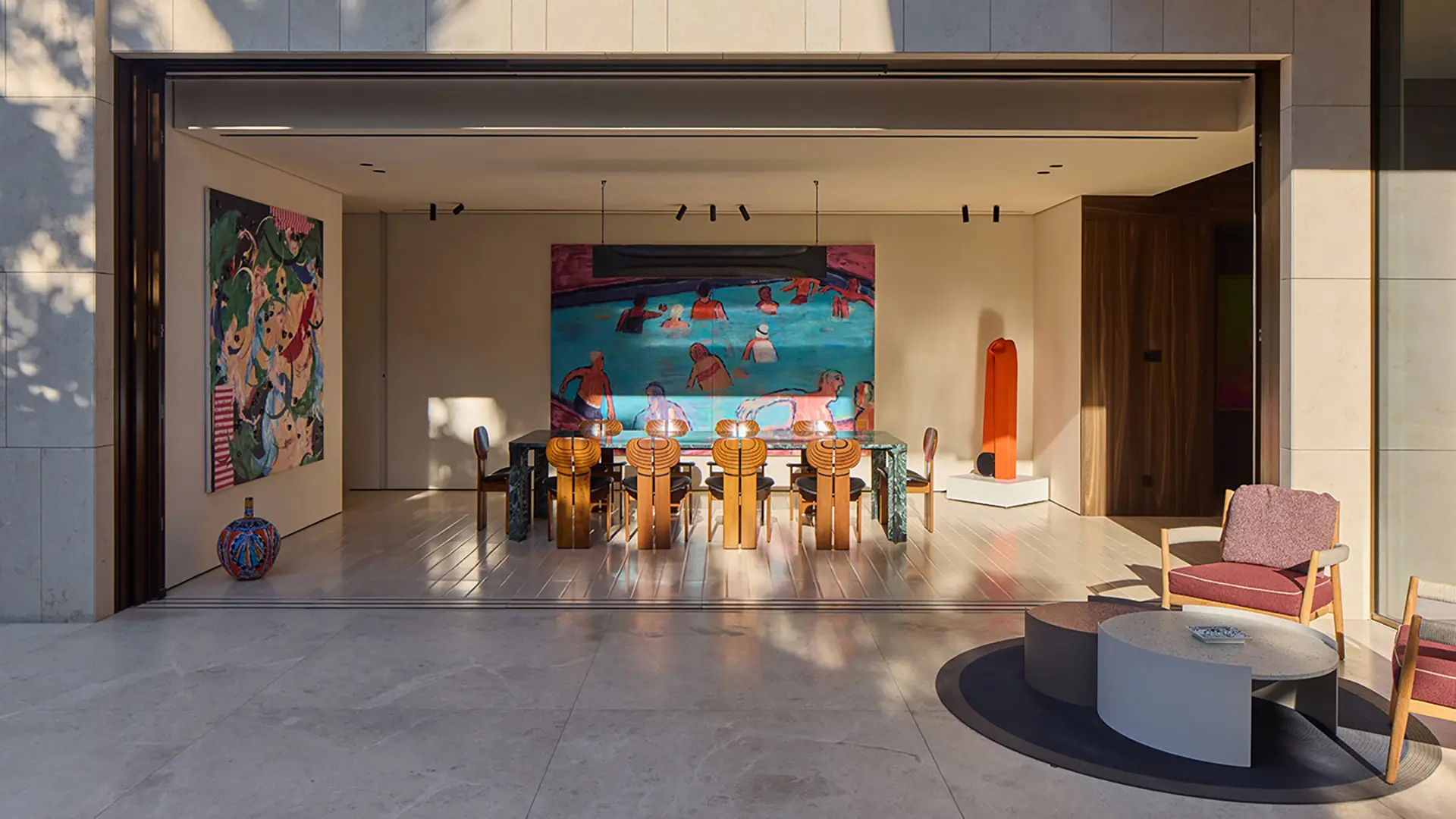
EK Mansion 05 project by UNICA Architects
Saudi Arabia is the largest FF&E (Furniture, Fixture and Equipment) market in the MENA (Middle East and North Africa) region. In 2024, it reached a value of $7.2 billion, fueled by economic diversification, rapid population expansion and reforms of the Saudi Vision 2030 strategic program.
But what does it mean to design in an area where climatic conditions are often extreme? I asked three architecture and design practices that have been working in territories like this for years now, seizing the challenges and opportunities.
For ETEREO, an interior and design studio founded in Dubai in 2017 by Stefania Digregorio and Mirko Sala Tenna, based in the United Arab Emirates and with a second company division in Milan, designing in the setting of the Gulf means dealing with light and heat every day, factors that here become an integral part of the architectural language. “Coping with sunlight is not just a technical matter, but a cultural and symbolic gesture. Creating shaded areas is essential to endure that light does not enter the interior directly, maintaining comfort and visual harmony. In this respect, the mashrabya is a great source of inspiration: a traditional feature of Arab culture that filters light, creates privacy and creates a rhythm on facades. Reinterpreting it in a contemporary key enables us to preserve the soul of the place and at the same time express a current and timeless aesthetic”.
For ETEREO, another central factor is integrating indoors and outdoors, as the distinctive character of the setting allows constant contact with nature. Even in the warmest months, the outdoor areas become part of the domestic experience thanks to a continuous visual dialogue. “In Villa Imperiale, for example, we sought to maintain a fluid continuity between the interior and the landscape, so that the presence of greenery always remains perceptible even when it is not possible to live outdoors. The same approach guided the Ghaf Majlis project, located in the heart of the desert of the United Arab Emirates. In a setting where sun and heat dominate, the challenge was to create a refuge capable of offering shade and comfort, while engaging in a dialogue with the natural landscape. The building is oriented to preserve the Ghaf trees on the site and take advantage of their arrangement to regulate light and shade. The architectural protrusions and patios generate areas of shade and natural ventilation, while the material surfaces, in contrast with the light-coloured sand of the desert, attenuate the intensity of the light and amplify the perception of freshness. The result is an architecture that interprets the rules of the desert climate with balance and sensitivity, transforming an extreme environment into an experience of quiet and harmony”.
So what are the main challenges and opportunities that an international market offers? First of all, ETEREO feels that it is important to be able to work with clients and professionals from all over the world. “Each project becomes a dialogue between different visions and sensibilities, an exercise in balance between global aesthetics and local identity. The main challenge is speed: here everything moves at a very high pace. Projects evolve rapidly, decisions have to be immediate and the ability to adapt is essential. But this same dynamism makes the context so vital. It pushes you to think agilely, to find innovative solutions in a short time. It is a fertile ground for experimentation, where you can continuously explore and reinvent the way of doing architecture”.
The true value of this market therefore seems to consist in a constant balance between interior and exterior, local and global, innovation and tradition, with the aim of creating a vision that is unique in form, content and experience.
Read also: Salone del Mobile debuts in Saudi Arabia

Ghaf Majlis project by ETEREO
This vision is widely shared by UNICA Architects, a multidisciplinary studio based in Dubai that explores home living as a sensitive, personal and transformative experience, and listens to a land where nature forcefully asserts its presence. “In a world saturated with stimuli, the real privilege is to inhabit places that restore truth, light and time. In this respect, the challenge is also a great opportunity: to translate this new sensibility into a contemporary architectural language, capable of combining local culture, with its ancestral relationship with the climate, with the sand and the threshold, with a more conscious and spiritual international vision. We deeply believe in this way of conceiving the spaces we inhabit, and we’re convinced that in future the market will look for greater authenticity and less form and style”.
So UNICA’s goal is to create a kind of design capable of exciting, which develops with those who inhabit it and offers, even in its silence, an experience of balance and well-being. “This is perhaps the biggest challenge: to communicate this message and make people understand that a home is not form, but above all experience”. Moreover, they start from the principle that “we are living through a phase of radical range. The concept of luxury is changing its nature. It is no longer display but presence”.
In landscapes such as these, the other challenge is being able to understand factors such as heat, sand and light, without considering them as obstacles but as basic materials for new projects. “Every technical choice, from materials that breathe with the climate to the composition of the spaces, becomes part of a broader balance, where comfort, durability and beauty coincide. Shade, wind, thermal mass and the rhythm of the apertures are not functional details but cultural gestures, closely bound up with the memory of these places and their architecture. In this sense, innovation is never opposed to tradition, but represents its natural evolution. The goal is to create a living architecture, capable of reacting and restoring. Even in interiors, the technology is discreet, almost invisible, integrated so that the experience remains pure, fluid and essential. It is not a question of challenging the climate but of coexisting with it, transforming harshness into quiet and adaptation into a vocabulary”.
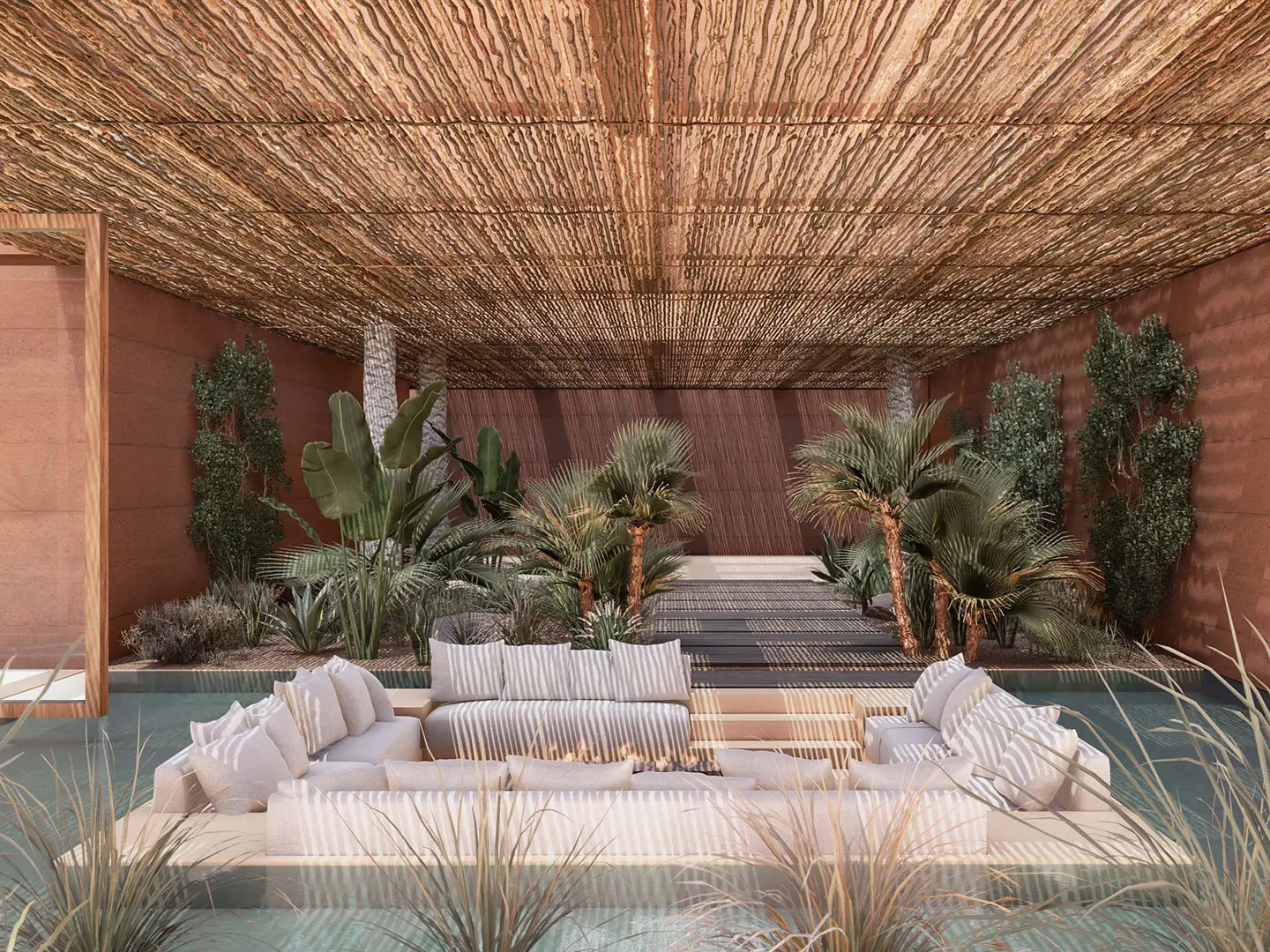
Desert Retreat project by UNICA Architects
Finally, for STUDIO MANDA, a multidisciplinary design studio based in Beirut, specialising in the creation of tailored and timeless functional artworks, interior design projects and commissioned works, “designing in Saudi Arabia means embracing the dialogue between nature and innovation. Extreme weather shapes the way we think about materials, shapes, and functions, challenging us to find new ways to adapt. The desert landscape, light and textures inspire us to create pieces that are both rooted in the place and attentive to sustainability”. They, too, see one of the main challenges as attaining a new equilibrium, balancing “tradition and modernity, understanding the cultural nuances and expectations of the local market, while maintaining an international outlook. The opportunity lies precisely in this intersection: combining craft skills and contemporary design to create pieces that have a global impact but retain close ties to their origins”.


 Stories
Stories


